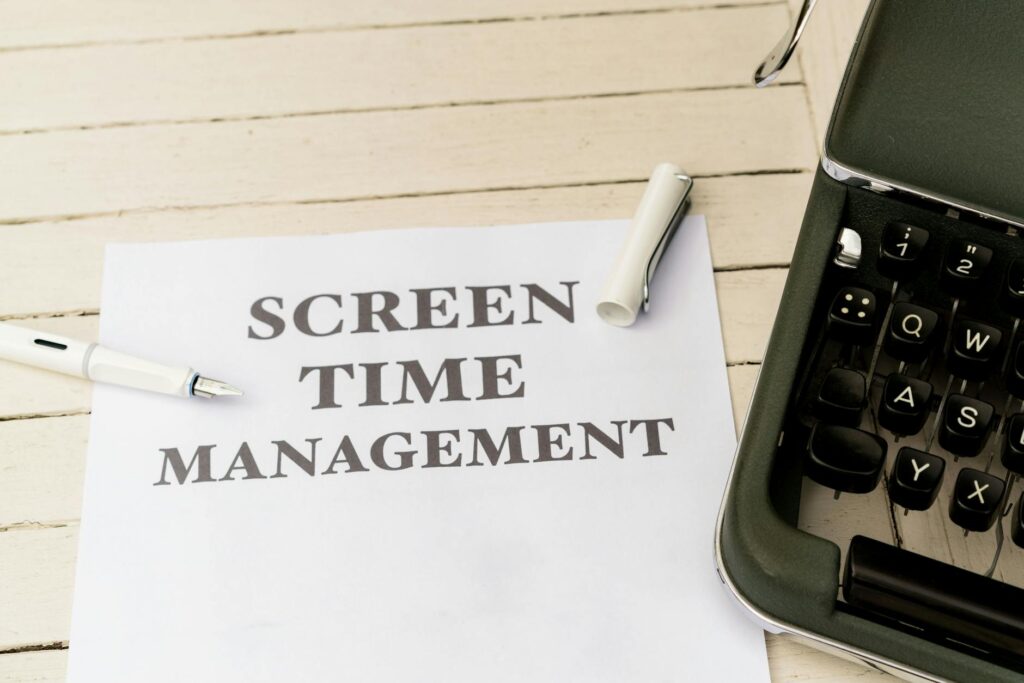What is media consumption limits?

What is media consumption limits?
In today’s fast-paced digital world, the amount of time we spend consuming media can easily spiral out of control. With the constant barrage of information from social media, streaming services, and news outlets, it’s essential to establish media consumption limits. These limits can play a pivotal role in enhancing our productivity and mental well-being. By managing how much media we consume, we can reclaim our time, focus better, and ultimately lead healthier lives.
Defining Media Consumption Limits
Media consumption limits refer to the intentional restrictions placed on the amount and type of media consumed over a specified period. These limits can vary depending on personal preferences and goals but generally encompass different forms of media such as television, social media, news articles, and online streaming.
For example, you might decide to limit social media usage to 30 minutes a day or restrict TV watching to two episodes of your favorite series. By setting these boundaries, you’re actively working towards a more balanced media diet that prioritizes your time and energy.
Types of Media Consumption
Media comes in countless forms, each with its own potential for both positive and negative impacts on our lives. Some common types of media include:
- Social Media: Platforms like Facebook, Instagram, and TikTok can be addictive and often lead to excessive scrolling.
- News: Keeping up with current events is essential, but excessive news consumption can result in feelings of anxiety.
- Television: Streaming services such as Netflix and Hulu provide a vast array of shows, but binge-watching can eat up hours of your day.
- Online Streaming: YouTube and other video platforms offer entertaining content, but they can easily distract from more productive activities.
Importance of Setting Limits
Establishing media consumption limits is crucial for various reasons. First, it helps maintain mental health by preventing information overload. The constant influx of news and social media updates can lead to anxiety and stress. Research suggests that limiting social media use to about 30 minutes a day can significantly improve well-being, allowing for a healthier engagement with the digital world (My Wellbeing).
Second, setting limits fosters productivity. When you allocate specific times for media consumption, you’re more likely to stay focused on important tasks rather than getting lost in the endless scroll. By creating a balance between work and play, you’re taking a proactive step toward achieving your goals.
The Impact of Excessive Media Consumption
Failing to set media consumption limits can result in several negative consequences. Understanding these impacts can motivate you to take action.
Effects on Mental Health
Excessive consumption of media can lead to increased anxiety and depression. Studies indicate that prolonged periods spent on social media can foster feelings of inadequacy and loneliness. When comparing ourselves to others’ highlight reels online, we often forget that these portrayals are curated and not an accurate reflection of reality.
Moreover, research shows that limiting time spent on social media can enhance mental health, indicating that smaller doses of media are more beneficial (APA Monitor).
Influence on Productivity
When media consumption goes unchecked, our productivity can take a hit. The distractions posed by social media notifications or the lure of binge-watching can derail our focus and hinder our ability to complete tasks efficiently. This disruption can create a cycle of procrastination, where you find yourself repeatedly putting off important work in favor of mindless scrolling.
To combat this issue, it’s essential to recognize when you’re falling into the trap of excessive media consumption. Just as a balanced diet is vital for physical health, a balanced media diet is crucial for mental clarity and productivity.
Strategies for Implementing Media Consumption Limits
Now that you understand the importance of media consumption limits, let’s explore practical strategies to help you set and maintain these limits effectively.
Creating a Media Plan
Start by developing a balanced media consumption schedule. Consider the following steps when creating your plan:
- Identify Your Goals: What do you want to achieve by limiting media? Are you looking to increase productivity, improve mental health, or regain lost time?
- Set Specific Limits: Decide on the amount of time you want to allocate to each type of media. For instance, limit social media to 30 minutes and TV to two hours each day.
- Prioritize Activities: Focus on activities that contribute to your goals. For example, if reading improves your mood, allocate more time for books and less for TV.
Using Technology to Set Limits
There are numerous apps and tools designed to help you track and limit your media consumption. Here are a few popular options:
- Screen Time: This built-in feature on most smartphones allows you to monitor your usage and set daily limits on specific apps.
- Forest: A unique app that encourages you to stay focused by planting virtual trees. If you exit the app to check social media, your tree dies.
- StayFocusd: This Chrome extension helps you restrict time on distracting websites, ensuring you can focus on what truly matters.
By utilizing technology, you can make it easier to adhere to your media consumption limits.
Conclusion
In summary, establishing media consumption limits is essential in our digitally driven lives. By defining what these limits are and recognizing the types of media we consume, we can take proactive steps to improve our mental health and productivity. The impacts of excessive media consumption are real, but with a little planning and the right tools, we can create a balanced media diet that benefits our overall well-being. Isn’t it time you set your own limits? After all, reclaiming your time can lead to a happier, more productive life.

Photo by Markus Winkler